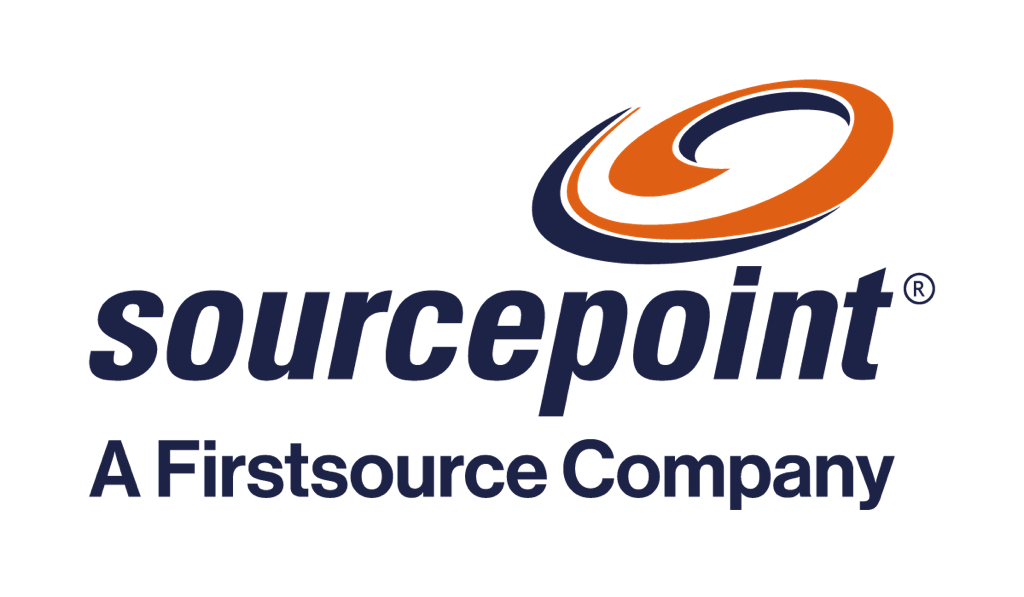Part 2 of a 5-part series on Agentic AI focuses on the revolutionary role of digital twins in enhancing health plan operations and member care. (Click here to read part 1)
What is a Digital Twin in Health Plan Management?
A digital twin is a virtual replica of your health plan's operations, processes, and member populations. It uses real-time data to create a dynamic, digital representation of a process that can be used to analyze, optimize, and predict outcomes. For health plans, this technology offers unprecedented insights into member behavior, utilization patterns, and operational efficiency. Digital twins can diagnose operations and process issues, then twins can simulate how well a solution will work before the plan invests in it.
Current Applications:
The “Process Digital Twin,” developed using process mining of claims, UM, or contact center operations, improves process resiliency. Process mining acts like an MRI for processes, using actual event data to identify disconnects, manual activities, and hand-offs that create friction and increase operating costs. By combining process mining and digital twins, health plans can simulate process changes and evaluate their impact before making real-world changes, such as running what-if scenarios for automation or a BCP scenario to optimize business operations.
Key Benefits for Health Plans:
1. Enhanced Risk Stratification: Digital twins enable more accurate member risk profiling by integrating diverse data sources, including claims, clinical data, and social determinants of health. Then payers can simulate interactions based on the member’s risk profile. This allows for more targeted interventions and personalized care management programs that should deliver better member care and outcomes at a lower cost.
2. Operational Optimization: By simulating various scenarios, payers can identify bottlenecks in claims processing, customer service, and other key operations. This leads to streamlined workflows and reduced administrative costs by implementing effective solutions that address specific issues.
3. Predictive Analytics for Utilization Management: Digital twin simulations can forecast future healthcare utilization based on current trends and member characteristics. This makes it possible for payers to proactively allocate resources and manage networks more effectively.
4. Personalized Member Engagement: By creating virtual representations of member segments, health plans can test and refine engagement strategies before full-scale implementation, improving member satisfaction and retention.
5. Fraud Detection and Prevention: Advanced simulations can present unusual patterns in claims data, learnings from such simulations will help detect and prevent fraudulent activities more effectively in the real world.
Implementing Digital Twins in Health Plans
The key to success with digital twins is taking a strategic, phased approach that aligns with your organization's goals and capabilities. Organizations also need to take the following steps:
1. Data Availability: Ensure your organization has robust data -_structured and unstructured--to feed your digital twin with comprehensive, real-time information.
2. Cross-functional Collaboration: Involve stakeholders from IT, analytics, care management, and operations to ensure the digital twin addresses key business needs.
3. Start Small, Scale Fast: Begin with a pilot project focused on a specific use case, such as optimizing a particular care management program. Use insights gained to make measurable changes and gain support for expanding the application of digital twins across your organization.
4. Invest in Analytics Capabilities: Enhance advanced analytics and machine learning skills to fully leverage the insights provided by digital twins.
5. Prioritize Data Security: Given the security and privacy regulations governing the use of health data, ensure robust security measures are in place to protect member information within the digital twin environment. Digital twin technology continues to evolve and may support even more sophisticated applications in the future, including:
- Integration with genomic data for ultra-personalized risk prediction
- Real-time adjustment of benefit designs based on population health trends
- AI-driven scenario planning for rapid response to market changes
Payer organizations that begin exploring the capabilities of digital twins now will create a solid foundation for these applications while gaining real insight into today’s processes and how to fine-tune them for optimal performance.
Be sure to check out the next article, part 3 in our 5-part series, Revolutionizing Healthcare Operations with GenAI-Powered Synthetic Data.
For more information please contact Anup Panthaloor, EVP – Health Plans and Health Services or Deepan Vashi, EVP – Healthcare Payer Practice and Solutions Lead, Solutions Architecture, Firstsource. Visit Firstsource relAI to read about our suite of AI led platforms, solutions and offerings. Learn how we’re empowering businesses of all sizes to seamlessly integrate digital technology and AI into their operations to enable new levels of efficiency, innovation, and competitive advantage.










